Street scene in Guatemala
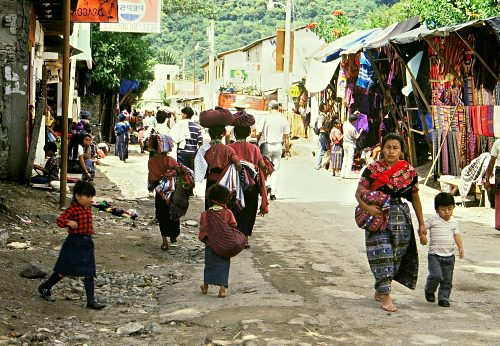
Maya culture still is very much alive around Lago Atitlan (Guatemala).

Maya culture still is very much alive around Lago Atitlan (Guatemala).
|
In addition to the country sections, there also are some thematic categories. Please note that one photo may occur in several categories (e.g. under |
|
 |
animalspictures of animals: camels, cats, parrots, a monkey… |
 |
architecturethe cathedral of Palermo, the Mezquita (mosque) of Córdoba, the lion yard in Granada, a church in the altiplano, Greek temples, the pyramid at the Louvre, the Golden Gate Bridge and much more… |
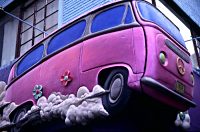 |
artsvarious pieces of art from ancient Egypt to modern pop art. |
 |
city-scapes
|
 |
culturesthe Maya temples of Copán (Honduras), Buddhist statues, a peasant |
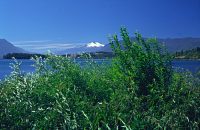 |
landscapesa mountain brook in Japan, volcanoes, lakes and geysirs in Chile, parks |
 |
night
|
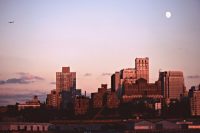 |
favourite
|
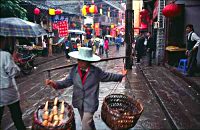 |
peoplepeople in various situations. a porter in Chonquing (China), a Japanese |
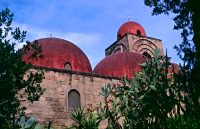 |
religionspictures showing aspects of various religions. |
 |
Sunset/Sunrise
|
I added a few new pages to my photo tips section:
Laurenz
You may have noticed that in addition to the country folders, I have added some thematic ones, so you can now look for sunsets, night photography or animals. Usually, these pictures will also be in the respective country galleries.
There now also is a category “personal favourites” with some of the pictures I especially like myself.
Have Fun!
Laurenz

It is a long night trip with the train between Bangkok and Koh Samui, but quite comfortable. When I woke in the early morning, a while before reaching Suratthani, I was amazed to see this view of a sunrise over rice paddies.
The newest additions to my guet galleries: A whole new gallery for Scotland and new pictures in the India and United States II galleries.
The new images have been contributed by Dave Christopher, Bhaskar Karambelkar and Alan Ingram.
The guest gallery currently has photos from Australia, Bolivia, Cambodia, Canada, Chile, China, Colombia, Cuba, Ecuador, Egypt, England, France, Germany, Greece, Guatemala, Iceland, India, Indonesia, Ireland, Italy, Japan, the Kalahari, Laos, Lebanon, Macedonia, Malaysia, Mexico, Mongolia, Montenegro, Myanmar, Nepal, Peru, Scotland, Sri Lanka, South Africa, Switzerland, Taiwan, Thailand, Tibet, the United States and Vietnam.
I find it fascinating to see the various countries from different angles!
Laurenz
I have started a section on building your own photo site in my photo tips.
The first short articles are supposed to help future webmasters decide what type of page they want to have (web gallery? photo-log? a personal domain?), how to plan the site and what to consider when actually designing it.
Maybe, I’ll add something on promoting a photo-page lateron.
If you find this helpful and actually put up a site: please dont forget to link to Travelphoto NET! ![]()
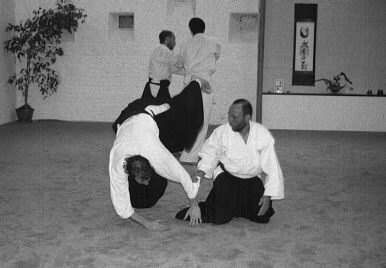
A photo from the Aikido training in Wiesbaden, Germany. More Aikido-photos at Online Photo Galleries.
In the Peruvian and Chilean desert, there are numerous, gigantic drawings made by carefully moving aside the dark pebbles thereby exposing the brighter soil underneath.
The most famous examples of this technique are the so-called “geoglyphs” in Nazca Peru.
As the area is mostly flat, these can only be appreciated from a plane!
Did their builders already have the technology to take to air either with a balloon as some believe or even using alien technology as others imply? Or were the images only supposed to be seen by the gods or shamans who could “leave their body” in a state of trance to “fly” over them?
(Personally, I wonder why the drawings are often very crude - if they were produced by aliens capable of interstella travel, it must have been their pre-school children who drew them!).
A slightly less famous (and less enigmatic) specimen is the so-called “Atacama Giant” in the Chilean Atacama desert: this figure is 115 m tall, but can be viewed quite well without leaving the ground as it takes up the slope of a hill.
If the photos fom my Peru travel turn out well, I may be able to post pictures of the Nazca lines as well, - which actually are quite different in style.

I’m currently redesigning the Europe section of Travelphoto Net to
The result will not look too different from today - but hopefully be better.
If things work out as intended, I’ll do the same to the other continents.
Of course, I’d be grateful for feedback! Do you like the layout? Is it easy to navigate? Do you find any errors/problems? Please let me know!
Laurenz
PS: under photo-tips there’s now an article on the right camera for travel photography.
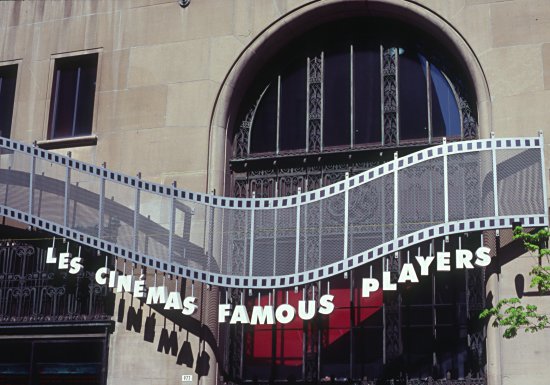
Advertisement of a cinema in Montreal, Canada. Note the typical mixture of French and English…

Another picture from the Salar de Surire in Northern Chile.
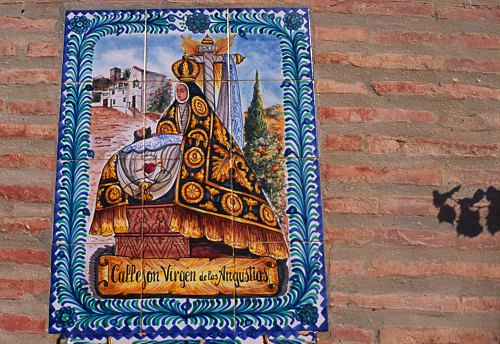
The elaborate tiles are omnipresent in Southern Spain and Portugal: you find them as decorative elements on houes, but also as street sign, on park benches, in churches and many other likely and unlikely places.
The plaza des España in Seville is full of them and even the “Torre del Oro” (Golden Tower) gets its colour from gilded azulejos!
Usually, azulejos are mostly blue, as the name seems to indicate (azul=blue), but just about all other colours may be present as well.
As to the origin of the name azulejo: although the connection to the Spanish word for “blue” seems obvious, experts come up with a different etymology - from Arabic “Al Zulai” meaning brick.
Now, these tiles are neither completely blue nor bricks, but in any case truly photogenic!
0.296 || Powered by WordPress